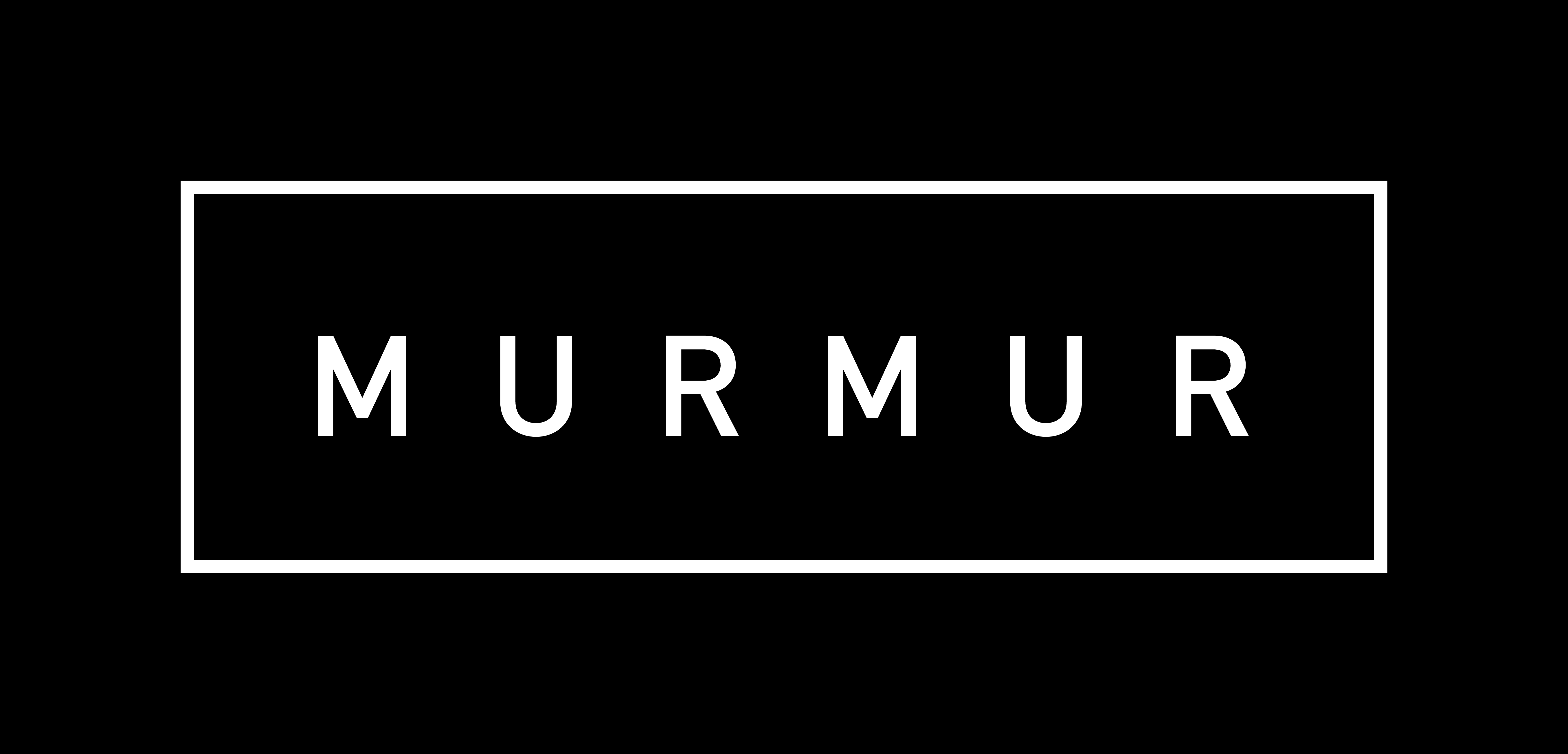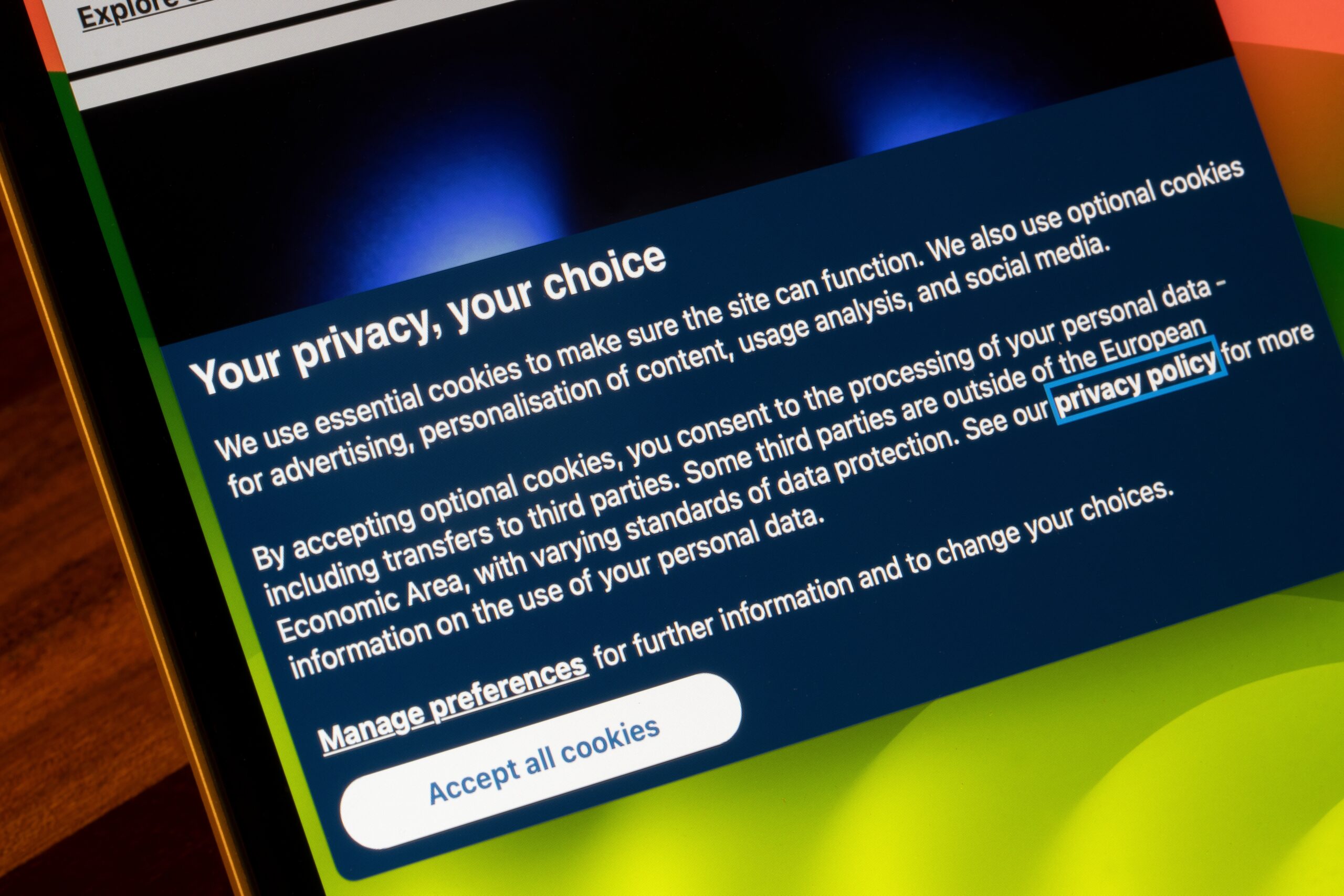How to Measure Brand Awareness
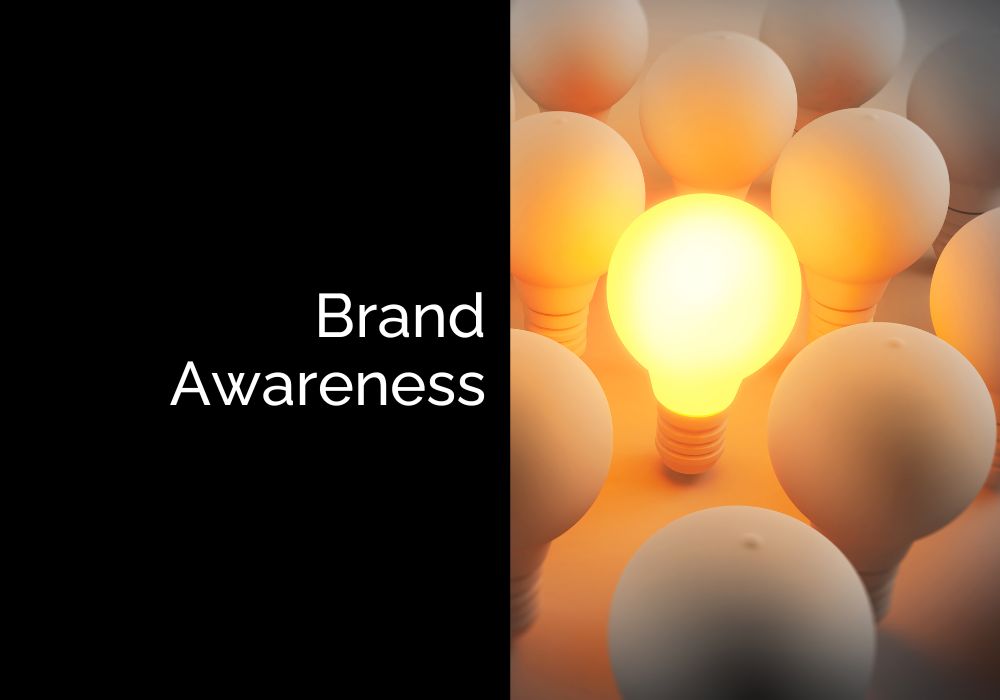
What is brand awareness, how do you measure it, and how can it help you to connect with your audience?
Brand awareness is the extent to which people are familiar with a brand and its products or services. It’s about how well the brand is recognised and remembered by potential customers. High brand awareness means more people know and think about the brand when considering a purchase in that category.
Brand awareness plays a pivotal role in establishing and nurturing the relationship between consumers and a brand.
Read on to understand how brand awareness works, how to measure it, as well as checking out some juicy case studies.
The Essence of Brand Awareness
Ever wondered why certain companies are memorable even if you don’t use their products?
This is the result of strong brand awareness, signifying that consumers are acquainted with or aware of these brands.
A brand encompasses more than just a logo; it is a blend of product offerings, storytelling, aesthetics, customer experiences, values and more.
A customer’s perception of a brand develops over time through consistent messaging and experiences across various touch points.
Why is Building Brand Awareness Crucial?
It ensures that your brand remains at the forefront of consumers’ minds when they contemplate purchasing decisions. A robust brand is valuable, but for real business growth, consumers must be aware of the brand.
Brand awareness fosters trust, enables storytelling, and builds equity with consumers; when customers feel connected to brands, more than half of consumers (57%) will increase their spending with that brand and 76% will buy from them over a competitor.
To find out more about how Murmur can help you with increasing your business’s brand awareness, get in touch with us now.
Mechanisms of Brand Awareness
Brand awareness operates through strategic promotions, advertising and social media efforts. An effective campaign distinguishes a brand from others, influencing consumer consideration.
Although the purchase journey is nonlinear, the traditional marketing funnel emphasises the importance of awareness at the top of the funnel.
The first step in increasing brand awareness is market research, which allows you to understand your audience and the market, and be more effective with your efforts. This includes audience targeting, channel selection and budget optimisation.
With that information, we can help you with media planning and buying. Knowing your audience means we can choose which media to focus on: traditional (TV, radio, billboards), digital (performance, search), hybrid (digital out of home, broadcast video on demand, streaming), social (Meta, TikTok) or search engine optimisation.
Some of the top strategies to enhance brand awareness are:
- Strategic social media engagement that leverages a range of platforms to connect with your target audience. Create compelling content that resonates with your brand identity and encourages sharing, then engage in conversations.
- Collaborating with influencers with a genuine connection to your brand values, which lets you tap into their established audience and leverage their credibility to promote your brand. This not only extends your reach but also fosters authenticity.
- Creating high-quality, shareable content such as blog posts, videos and infographics, then distributing across multiple channels.
- Forming strategic partnerships with businesses that align with your brand values and target audience, and collaborate on joint campaigns or events to leverage each other’s networks.
- Encouraging your audience to create and share content related to your brand. User-generated content adds authenticity and builds a sense of community around your products or services. This not only boosts brand awareness but also fosters a connection between your brand and its consumers.
Murmur can help you design and implement these strategies, as well as track the success of your efforts. Get in touch.
How to Measure Brand Awareness
There are a number of brand awareness metrics and KPIs that marketers can use to measure consumers’ familiarity with a brand or product. These allow marketers to track and understand the effects of their marketing efforts and if their campaigns are helping consumers learn about their offerings, values or brand story.
Impressions
In marketing, impressions is a simple metric used to indicate how many consumers see an advertisement or how many times an ad is shown. Impressions can be a valuable metric for measuring brand awareness as they indicate how often your brand or advertisement has been displayed on a screen.
Traffic or page views
When brands talk about “increasing traffic,” they refer to customers who take an action online to visit a product page or some other resource that exists on a brand’s site. More in-depth reporting includes site visitors, unique visitors, site page views and conversions.
More traffic means more individuals are visiting your website, indicating your brand is reaching a wider audience.
Marketing reach
Reach in marketing is the measurement of the size of the audience that has seen your ads or campaign content. Reach measures your actual audience, and marketing reach measures the potential customers a campaign could reach.
It highlights audience size and diversity, indicating how widely and effectively your brand is penetrating different markets, essential for understanding and enhancing brand visibility.
Examples of Great Brand Awareness
Designer Rugs
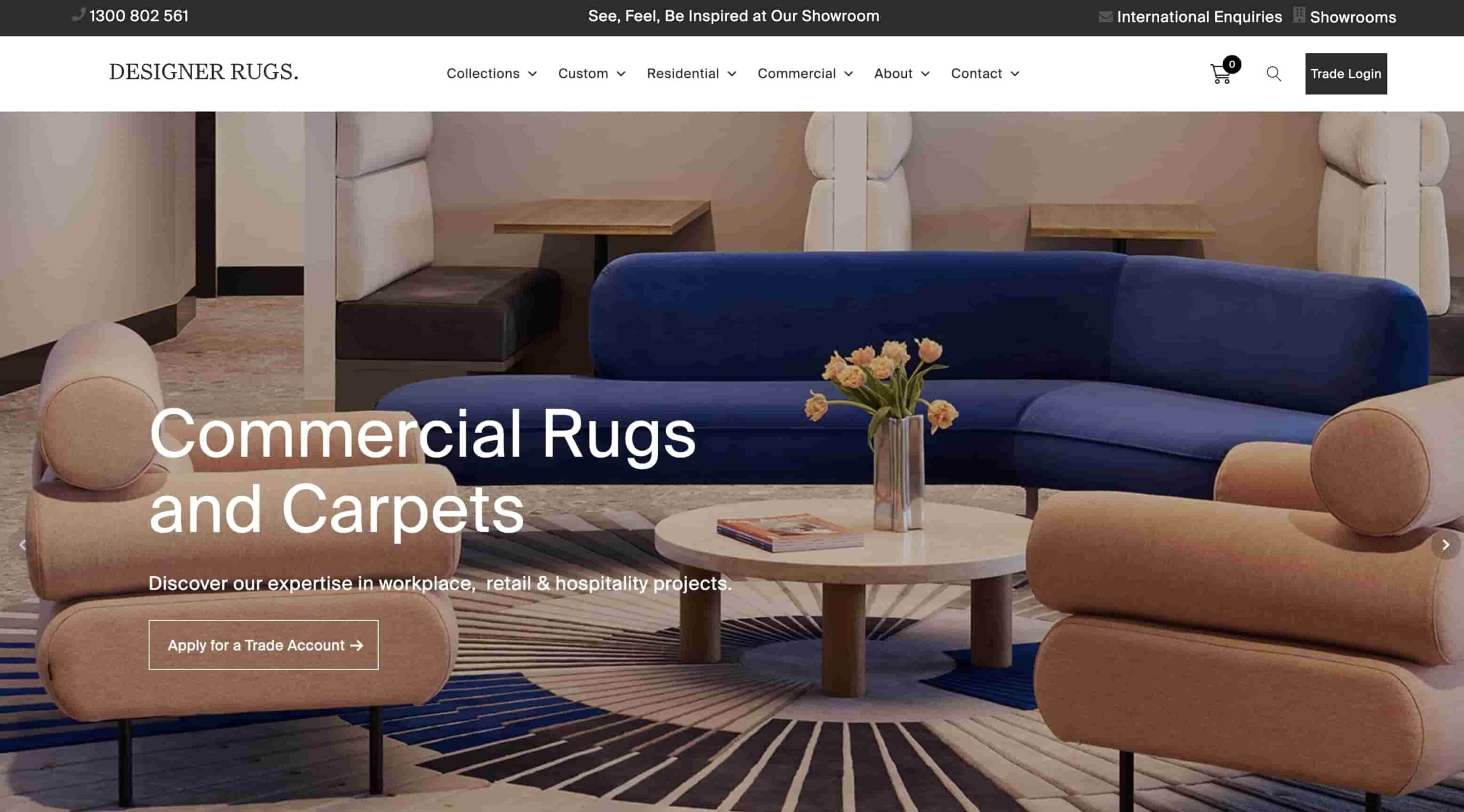
With increasing competition and a decline in consumer spending on premium interiors, Designer Rugs needed to increase consumer visits to their showrooms across Australia.
Murmur was tasked with increasing brand awareness, and driving consumer and wholesale enquiries that would lead to an increase in-store traffic. We targeted new audiences in different cities, to bring them to the showrooms of this rug design company.
- We focused on Google Ads, and Facebook and Instagram advertising to deliver a digital marketing strategy that was built around increasing brand awareness, advertising key sales events and highlighting products.
- We split the campaign budget and campaigns for each showroom location, allowing us to focus on specific keywords, location targeting and using relevant ad copy to each city the user was searching in.
- Interest-based prospecting audiences were added into social campaigns to reach new audiences, and retargeting campaigns with specific messaging creative were implemented to drive customers to stores.
This saw us increase Designer Rugs’ social presence across a range of metrics: impressions by 130%, click-through rate by 319% and conversions by 57%.
Vegeta
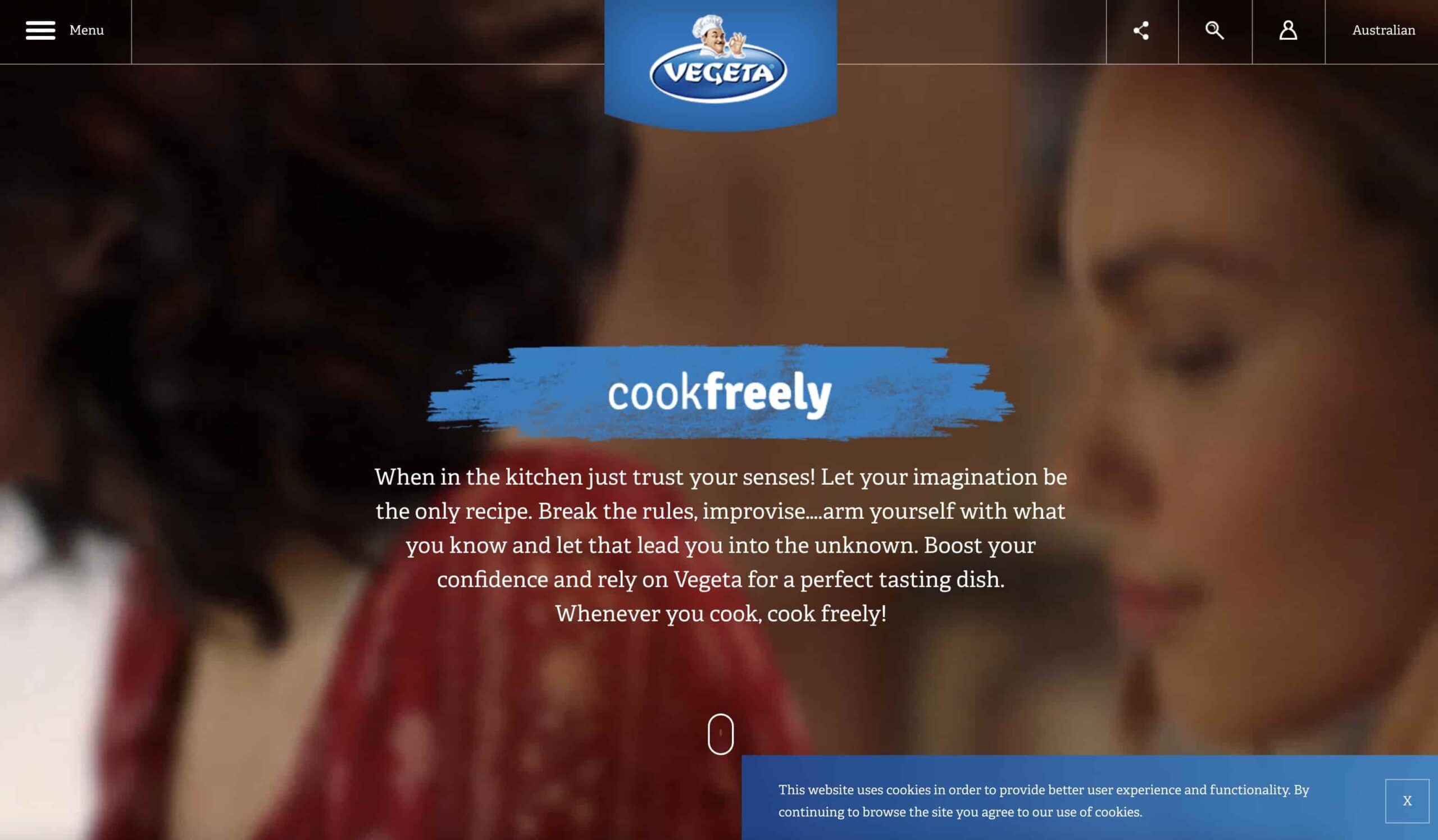
Vegeta wanted to drive first-time use for new customers. Among existing customers, Vegeta’s stock products were a winter favourite and Murmur wanted to activate those customers to spread the word.
- We created a consumer competition that used social media functions to drum up audience engagement by incentivising Vegeta fans and rewarding them with points for taking social actions that would achieve Vegeta’s objectives – the more points you accumulated, the higher your chance of winning.
- We drove users to the competition page through Vegeta’s social channels – delivering more than 6 million impressions and a 59% increase in Vegeta’s website visits year-on-year.
The competition was highly effective in generating brand awareness through social channels and helped to bring in a huge amount of new followers to the brand, as well as driving an increase in social engagements such as comments, saves and shares.
Vegeta saw a 55% organic increase in website sessions, a 130% increase in social followers, an 814% increase in profile visits on Instagram and 6,299 new emails collected.
That’s a huge uptick in brand awareness for a long-standing brand.
Brand awareness through unique selling propositions
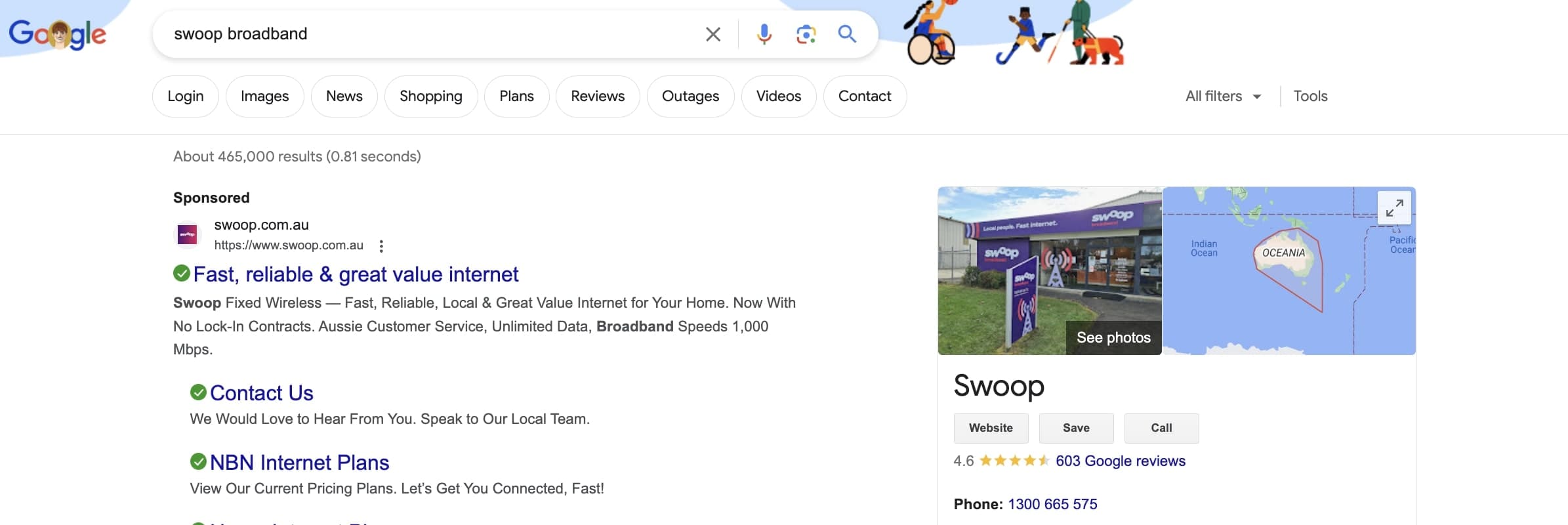
Another great example of a brand with increasing brand awareness is Swoop broadband. They use clever unique selling propositions (USPs) which are also displayed in their Google ads and organic search results:
- one of Australia’s fastest growing networks
- low prices
- local team
- no lock-in contracts.
For their business customers, they made Enterprise Ethernet a major USP, and have put a lot of weight behind improving awareness of this product.
Then they developed a clear and consistent social media strategy across Facebook, Instagram, LinkedIn and YouTube. This means that on social media alone, Swoop has four different but clearly linked consumer touch points.
They also created a strong SEO campaign, with a focus on producing useful in-site blogs and external content that links back to their service pages – showing potential customers on Google how helpful they can be when they search for common internet-related questions.
Wrap-Up
In the competitive landscape where attention is limited, being the first brand consumers think of is invaluable. Building brand awareness is a continuous process that involves creativity, consistency and strategic measurement, and when it’s done right, it’s a major ingredient of brand success.
At Murmur, we can help you plan and execute strategies to build your brand awareness, or we offer training and workshops to empower you to do it yourself.

